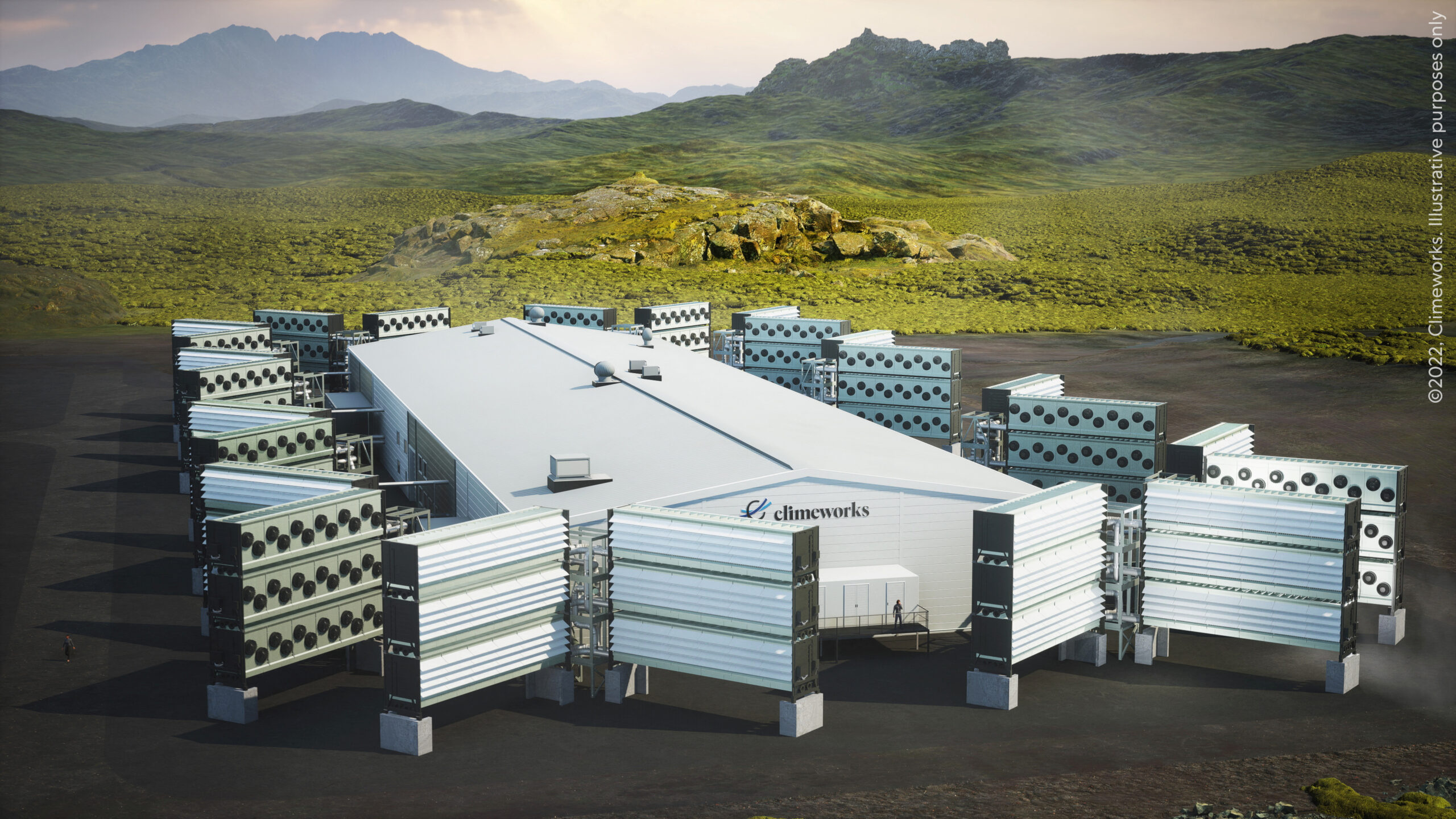A Swiss start-up has unveiled its latest venture in Iceland: a cutting-edge plant designed to extract carbon dioxide from the atmosphere and securely store it underground.
The Mammoth plant, situated in Hellisheidi, Iceland, marks a significant leap forward in the fight against climate change, scaling up its capacity tenfold compared to its predecessor, Orca.
With ambitious targets set for 2030, this collaboration between Iceland and Switzerland aims to eliminate millions of tonnes of CO2 from the atmosphere.
The Mammoth plant, nestled amidst the picturesque Icelandic landscape just a short distance from Reykjavik, stands as a testament to innovation and collaboration.
Comprised of twelve containers reminiscent of maritime transport units, the facility utilizes a sophisticated chemical process to draw in ambient air and extract CO2, powered by nearby geothermal energy from ON Power.
By the end of the year, the plant plans to have 72 units operational, each contributing to the capture and subsequent storage of CO2.
This captured carbon is dissolved in fresh water and injected deep underground, where it undergoes a natural process of solidification, transforming into calcified white crystals within the basalt rock formations.
This innovative approach, developed by the Icelandic group, Carbfix, offers a promising solution for long-term carbon storage.
The significance of Mammoth extends beyond its impressive capacity; it represents the culmination of years of research and development in the field of direct air capture with carbon storage (DACCS).
Climeworks, the pioneering force behind Mammoth, traces its journey from capturing mere milligrams of CO2 in laboratory settings to tackling thousands of tonnes on an industrial scale.
Looking ahead, Climeworks envisions a future where DACCS technologies play a pivotal role in global carbon reduction efforts.
With projections indicating a capacity of several million tonnes by 2030 and aspirations to reach a billion tonnes per year by 2050, Mammoth serves as a beacon of hope in the battle against climate change.
However, the road ahead is not without its challenges.
Despite the promising potential of DACCS technologies, widespread adoption remains hindered by high costs and limited public funding.
While Mammoth and similar initiatives offer a promising glimpse into the future, their impact remains a mere fraction of the 40 billion tonnes of CO2 emitted globally each year.
Nevertheless, Mammoth represents a crucial step forward in the quest for climate resilience.
By providing carbon credits to clients, including major corporations like Lego, Microsoft, and H&M, Climeworks incentivizes emissions reduction and promotes corporate responsibility in the face of climate change.
As highlighted by the UN’s Intergovernmental Panel on Climate Change (IPCC), the removal of CO2 from the air and oceans is essential to mitigating the impacts of climate change.
Mammoth, with its innovative approach and ambitious targets, embodies the spirit of collaboration and innovation necessary to address one of the greatest challenges of our time.
Mammoth stands as a testament to the power of innovation and collaboration in the fight against climate change.
By harnessing the natural resources of Iceland and the technological expertise of Switzerland, this pioneering project offers hope for a more sustainable future.




